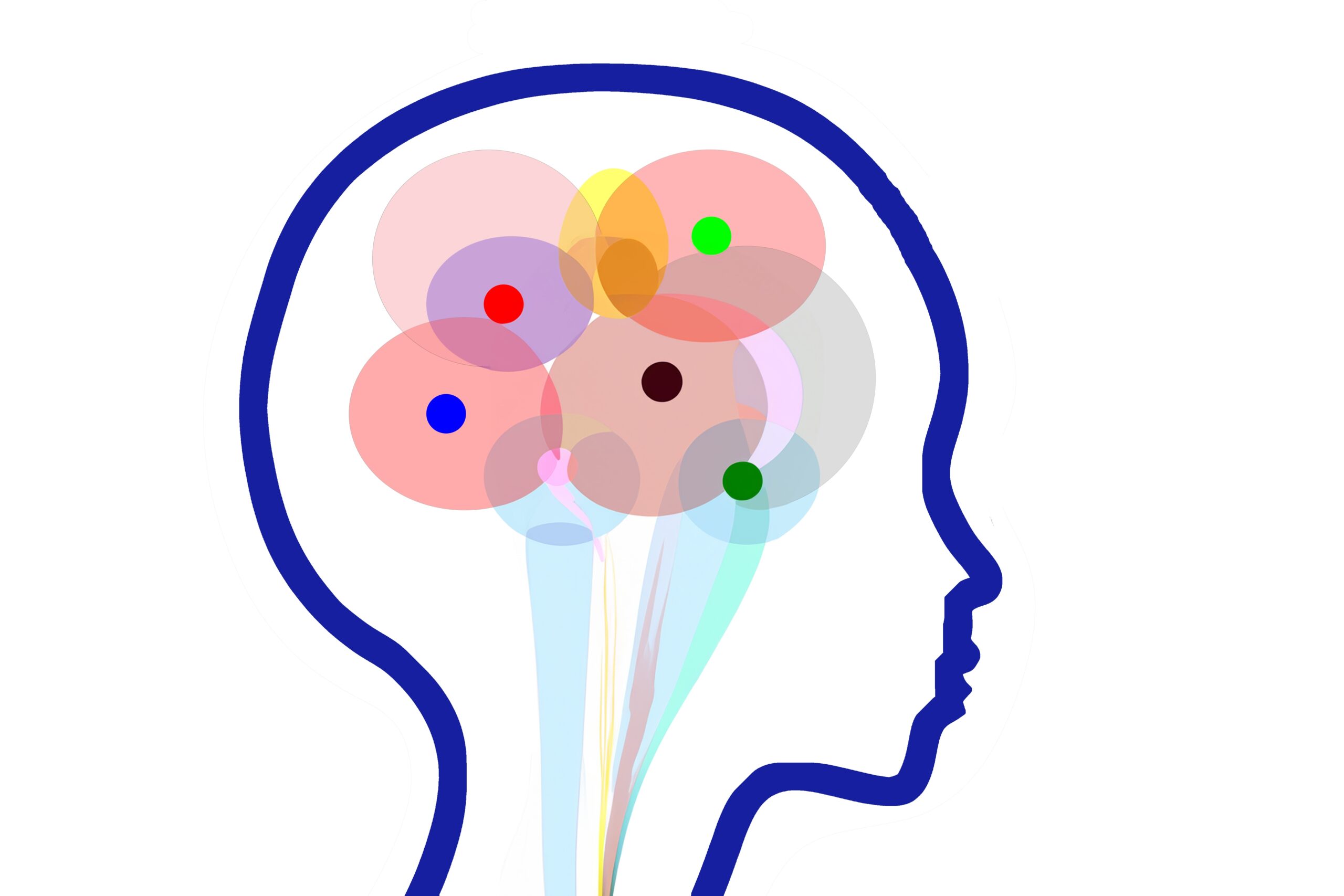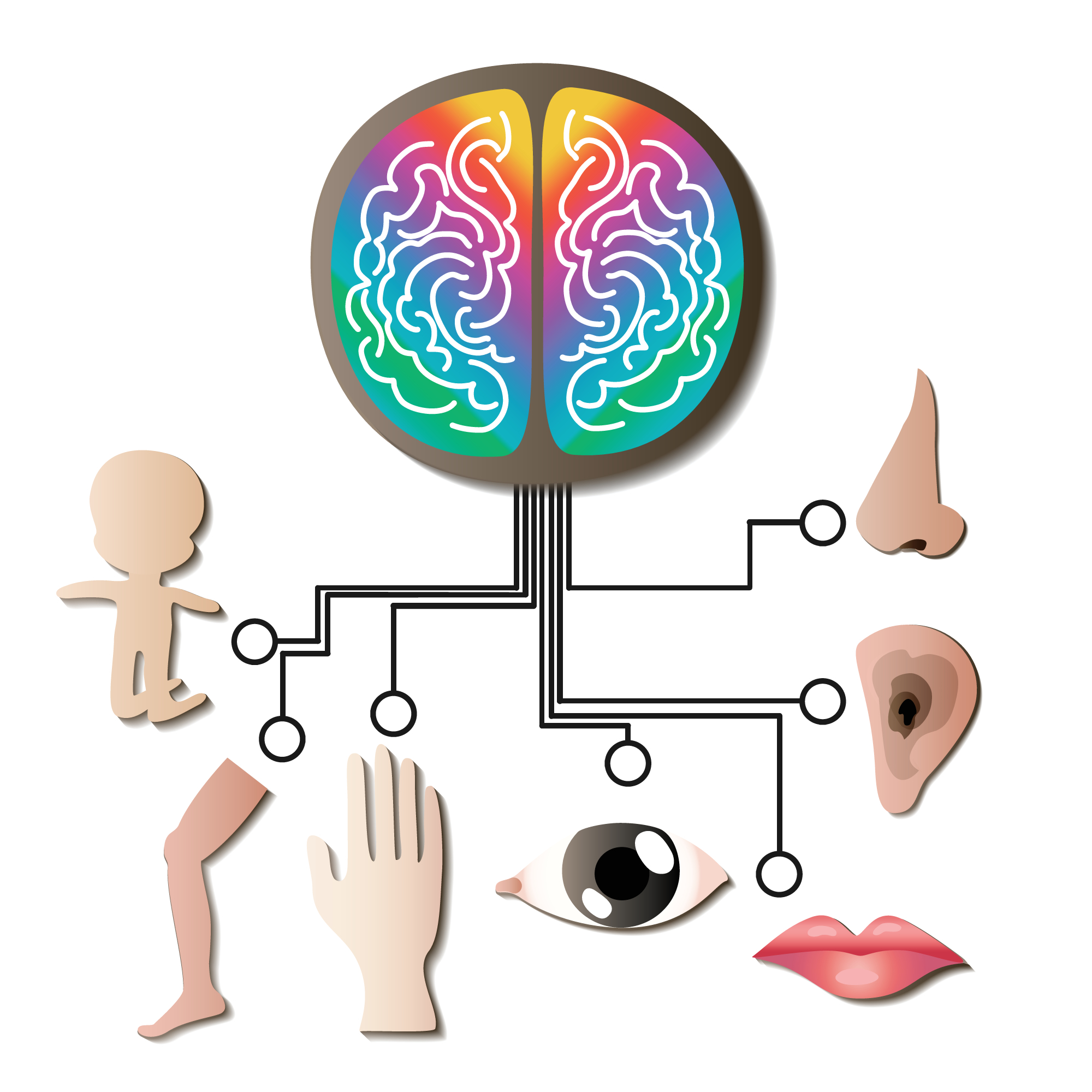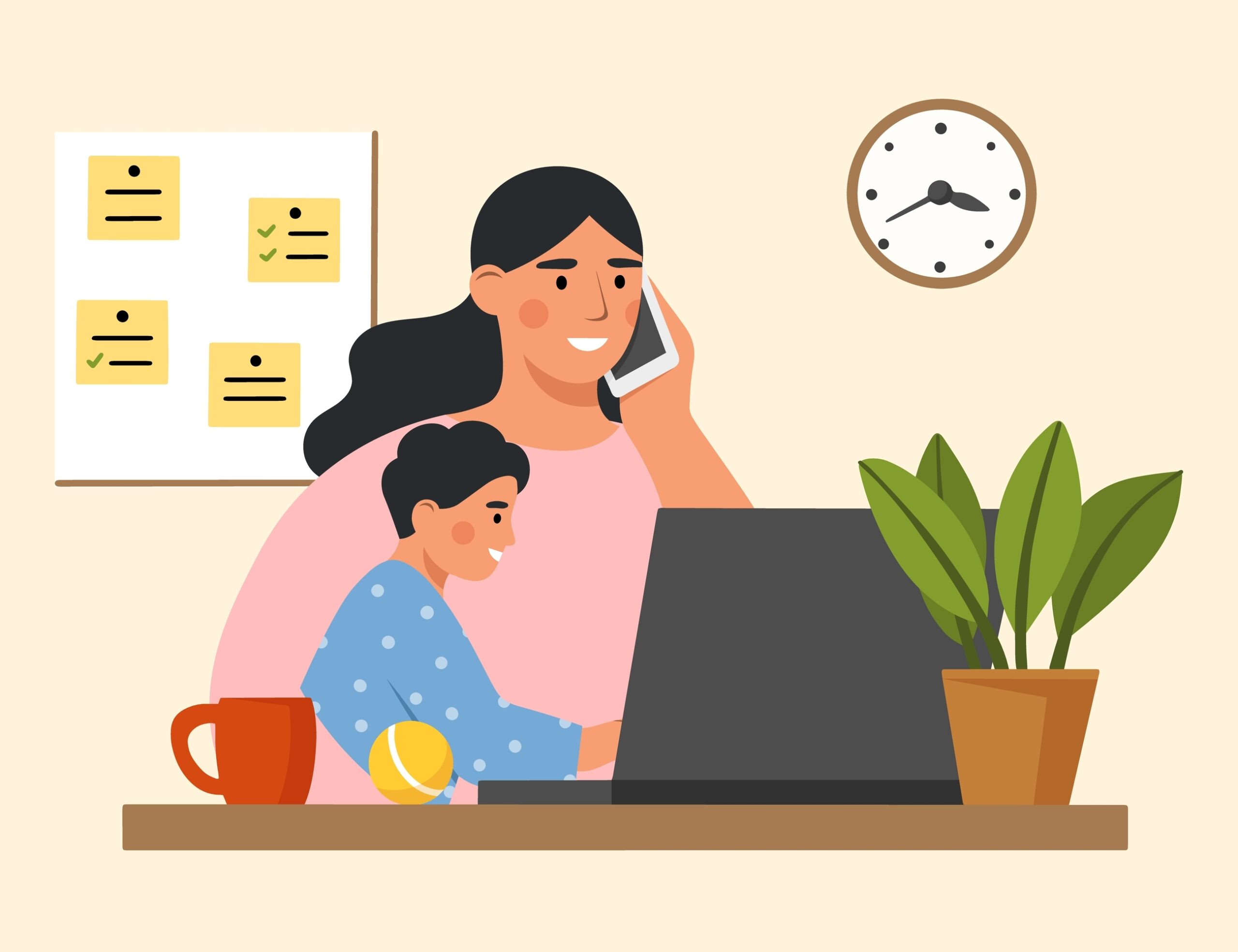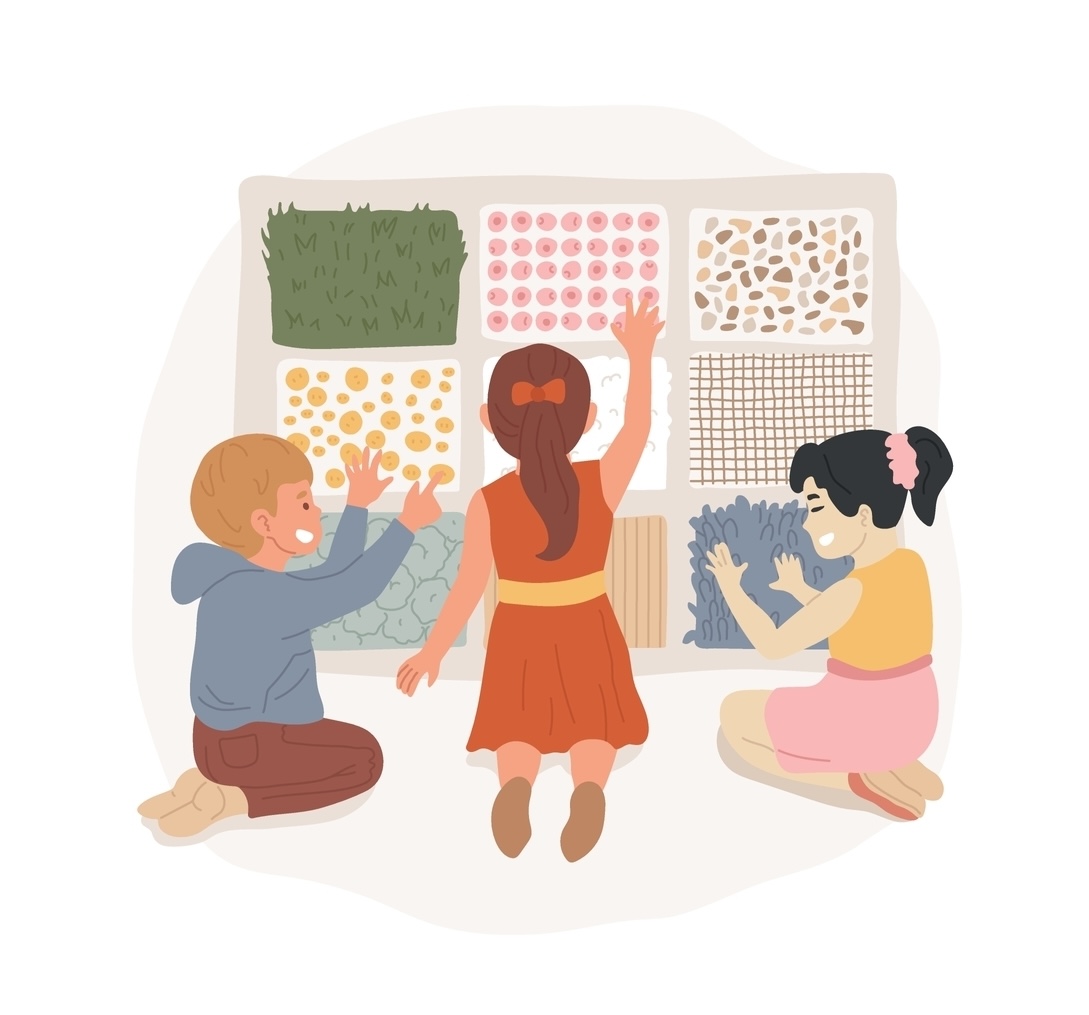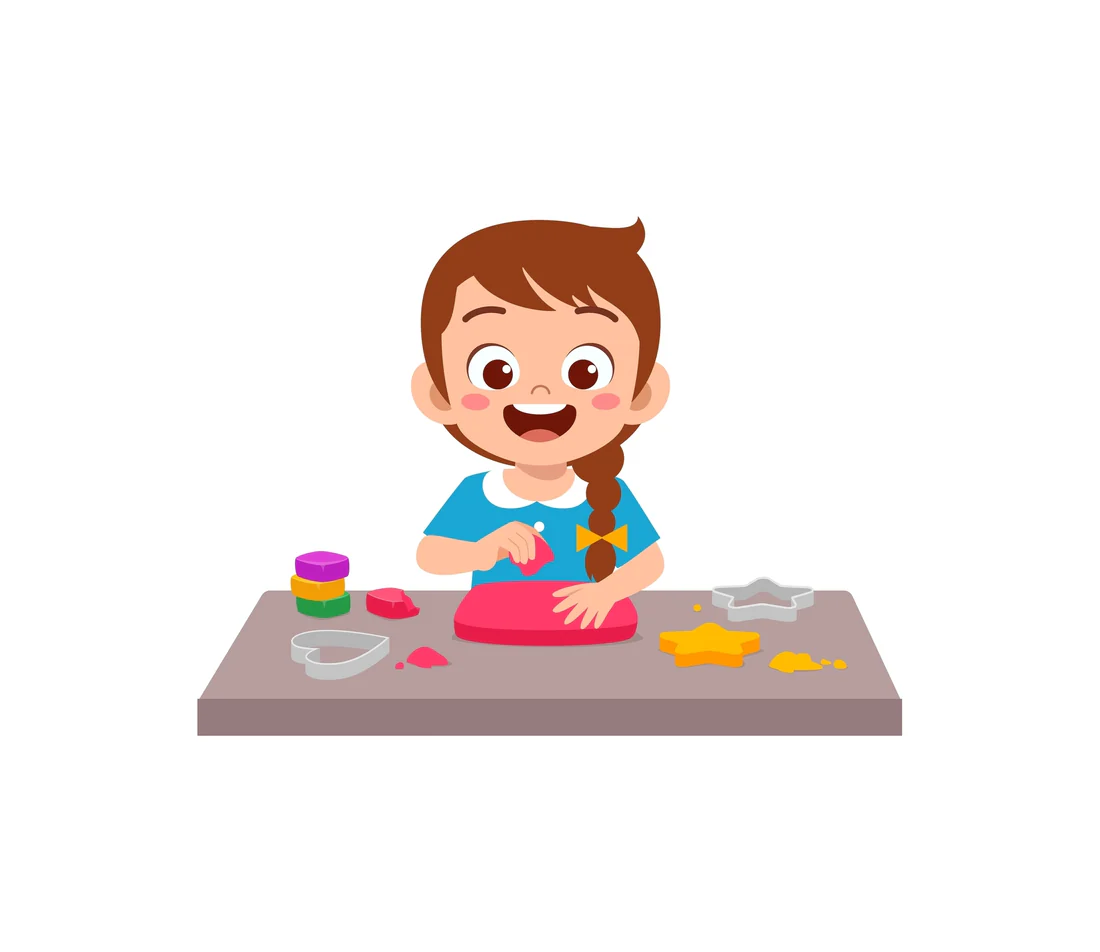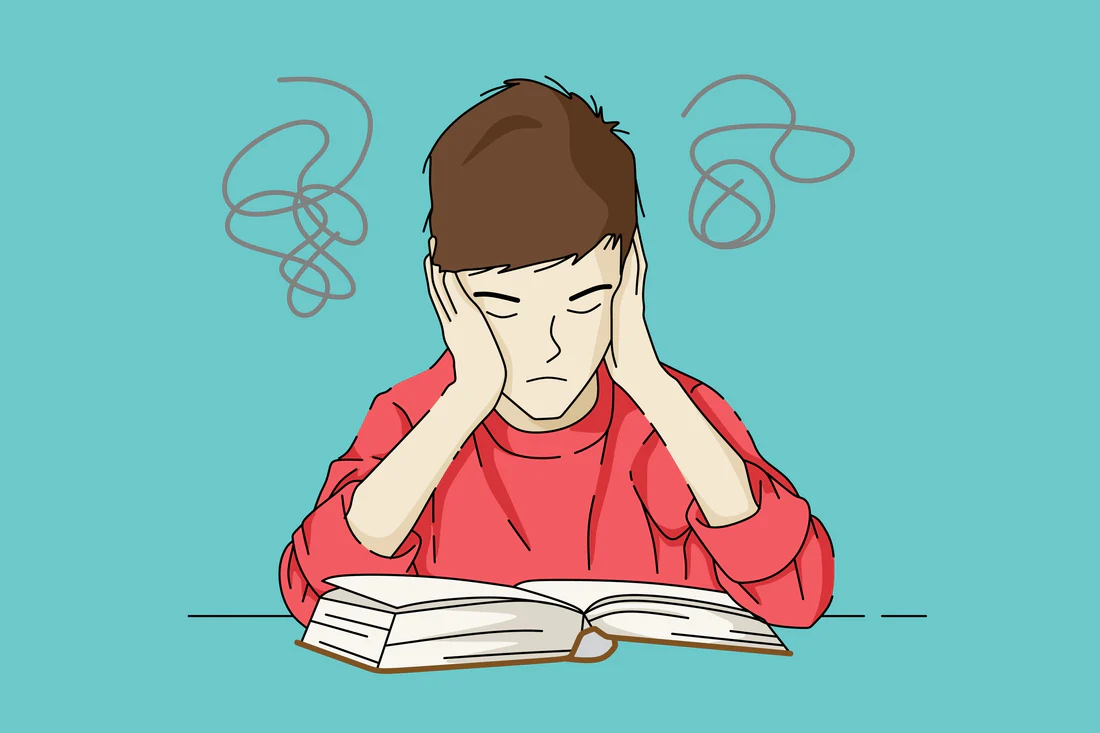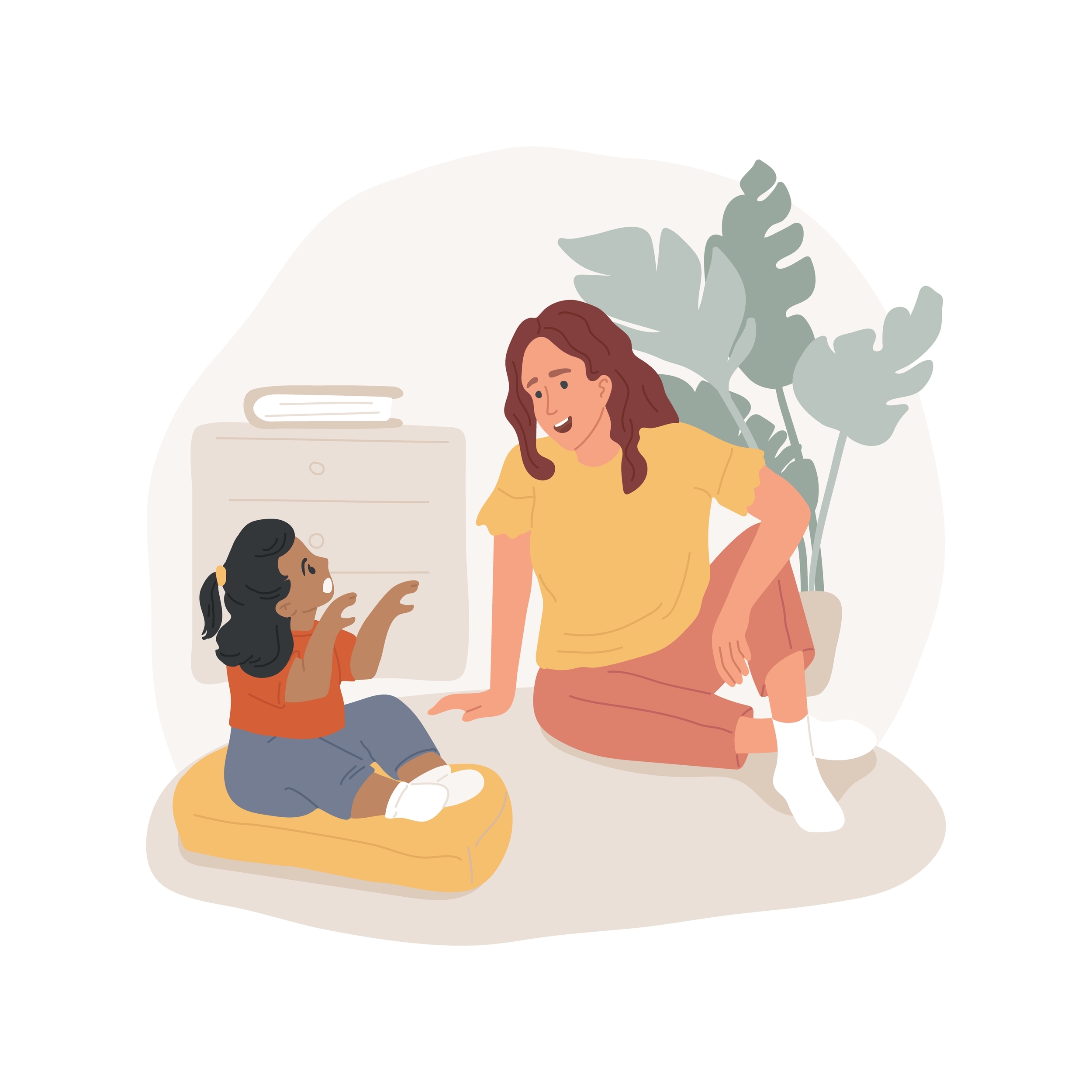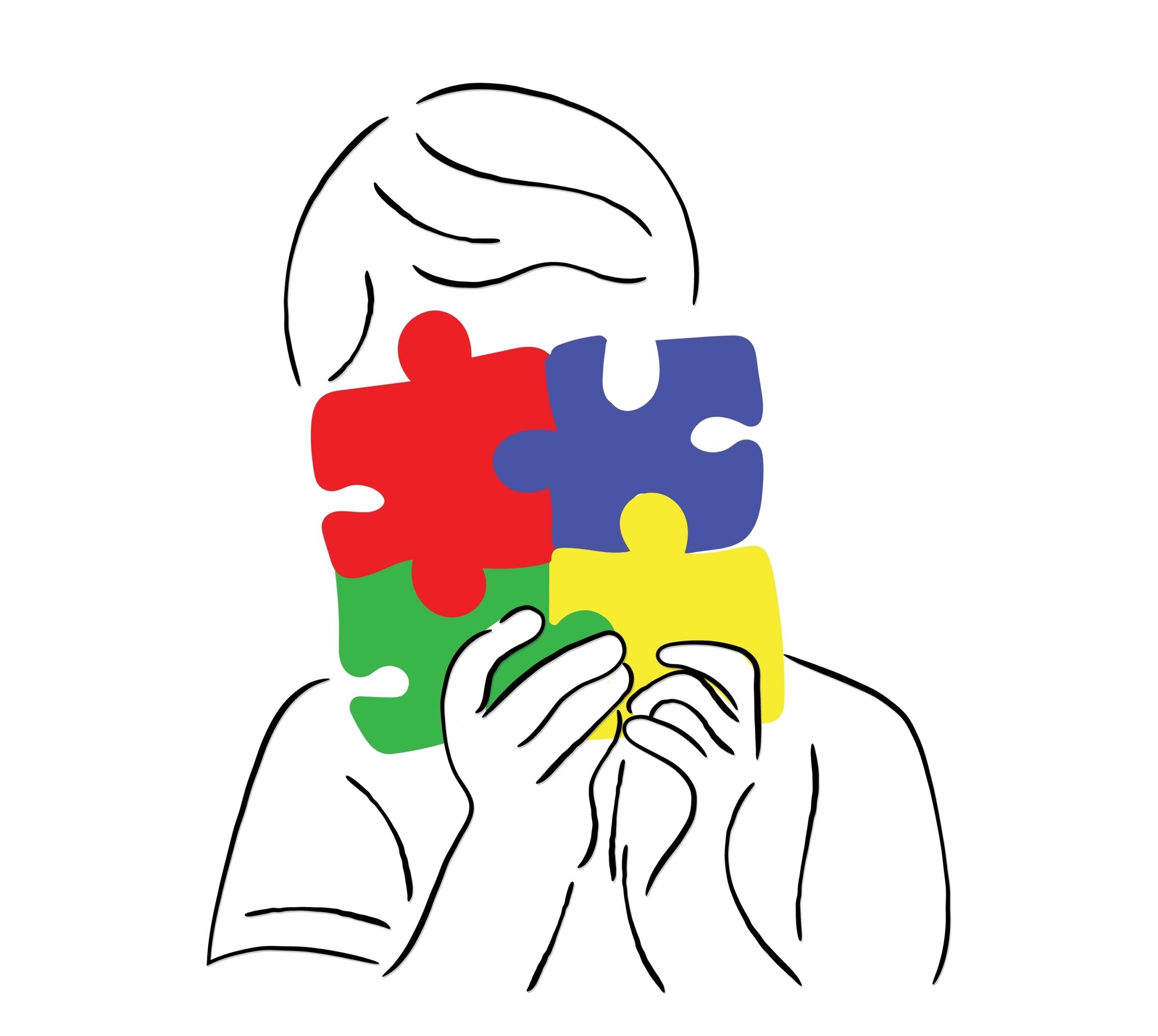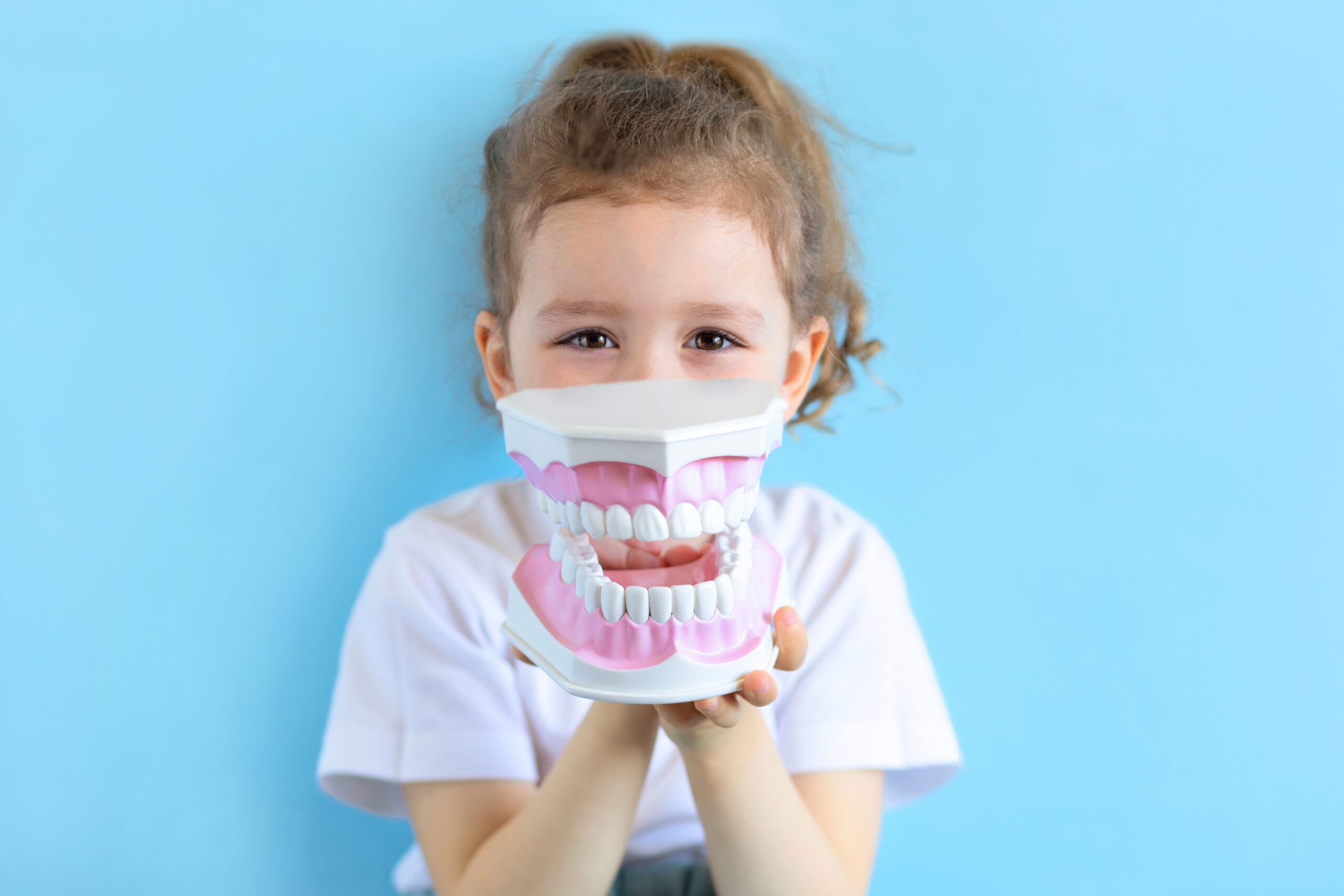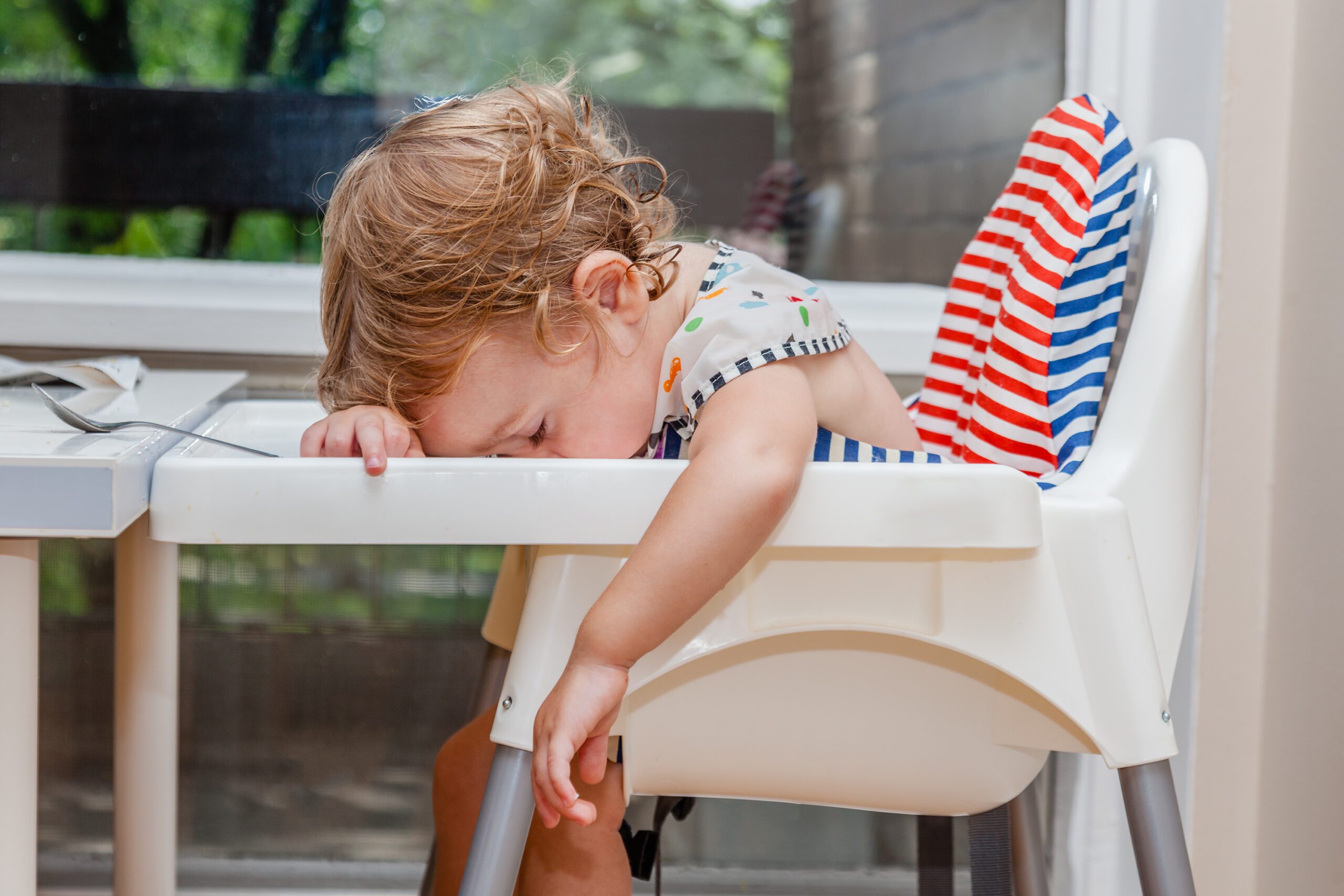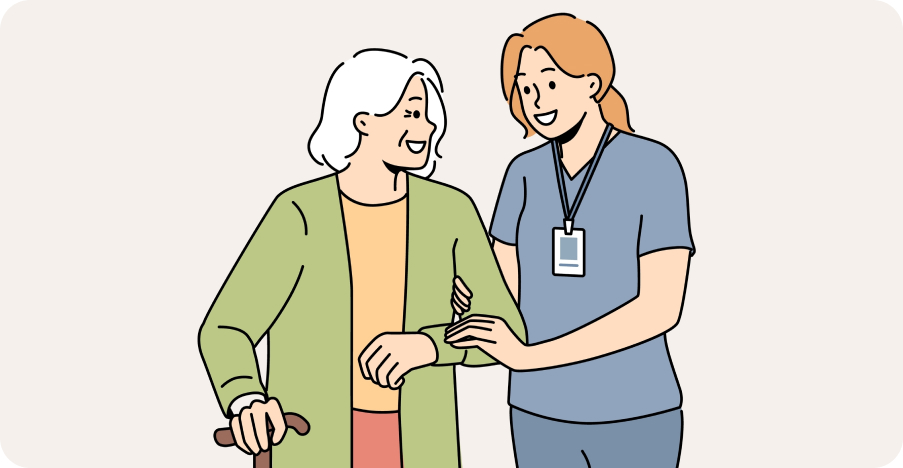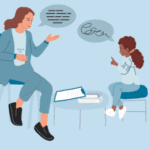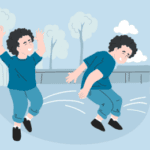
Blog
Low Back Pain Treatment: Exercises and Tips for Relief
Author: DrSensory
July 25, 2025
Low Back Pain Treatment: Exercises and Tips for Relief
Lower back pain can feel like an unwelcome intruder in your life. It can start as a dull ache after a long day of sitting or a sharp twinge when you bend over to pick something up. Before you know it, this discomfort can begin to dictate your daily activities, making it difficult to work, exercise, or even get a good night’s sleep. If you’re one of the millions of people dealing with lower back pain, you know how frustrating the search for effective relief can be.
While it’s tempting to resort to bed rest, movement is often the best medicine. The right combination of gentle exercises, lifestyle adjustments, and professional guidance can do more than just mask the pain—it can address the root cause, restore your mobility, and help you regain control of your life. The key is to find an active approach that strengthens your body and empowers you with the knowledge to prevent future episodes.
This guide will explore the common causes of lower back pain, offer simple at-home exercises for relief, explain when it’s time to seek professional help from a physical therapist, and provide practical tips for preventing pain from coming back.
Common Causes of Low Back Pain
Lower back pain can stem from a variety of sources, ranging from simple muscle strain to more complex structural issues. Understanding what might be causing your pain is the first step toward finding the right treatment. Your lower back, or lumbar spine, is a complex structure of vertebrae, discs, nerves, and muscles, and it bears a significant amount of your body’s weight.
Here are some of the most common culprits behind that persistent ache:
- Muscle or Ligament Strain: This is one of the most frequent causes. It can happen from a single event, like improper heavy lifting, or from repetitive stress over time. Poor posture and weak core muscles make you more susceptible to these strains.
- Poor Posture: Spending hours slumped over a computer, looking down at your phone, or sitting in a non-ergonomic chair puts continuous stress on your spine. Over time, this can lead to muscle imbalances and chronic pain.
- Bulging or Herniated Discs: The rubbery discs between your vertebrae act as cushions. A bulging disc extends outside its normal space, while a herniated disc involves a crack in the outer layer that allows some of the inner material to protrude. Both can press on nearby nerves, causing pain, numbness, or weakness.
- Sedentary Lifestyle: A lack of regular physical activity leads to weak core and back muscles. These muscles are essential for supporting the spine, and when they are deconditioned, the lower back is left vulnerable to injury and strain.
- Arthritis: Osteoarthritis can affect the small joints in the spine, leading to a breakdown of cartilage and causing pain and stiffness.
- Sciatica: This is not a condition itself but a symptom of another problem, like a herniated disc or spinal stenosis, that puts pressure on the sciatic nerve. It causes pain that radiates from the lower back down one leg.
At-Home Exercises to Relieve Back Pain
For many types of lower back pain, gentle movement and targeted stretching can provide significant relief. These exercises help to stretch tight muscles, strengthen supportive ones, and improve blood flow to the area.
Important: Listen to your body and stop if you feel any sharp or radiating pain. These exercises should feel like a gentle stretch, not a strain.
1. Cat-Cow Stretch
This yoga pose improves spinal flexibility and relieves tension.
- How to do it: Start on your hands and knees in a tabletop position. As you inhale, drop your belly toward the floor and look up, creating a gentle arch in your back (Cow Pose). As you exhale, round your spine toward the ceiling, tucking your chin to your chest (Cat Pose).
- Repeat for 10-15 cycles, moving with your breath.
2. Bird-Dog
This exercise is excellent for improving core stability without putting stress on the spine.
- How to do it: Start on your hands and knees. Engage your core muscles to keep your back flat.
- Simultaneously extend your right arm straight forward and your left leg straight back. Hold for a few seconds without letting your hips or shoulders rotate.
- Return to the starting position and repeat on the other side.
- Aim for 10-12 repetitions on each side.
3. Glute Bridge
Weak glutes can contribute to back pain. This exercise strengthens them.
- How to do it: Lie on your back with your knees bent, feet flat on the floor hip-width apart, and your arms at your sides.
- Engage your core and glutes, then lift your hips off the floor until your body forms a straight line from your shoulders to your knees.
- Hold for a few seconds at the top, then slowly lower your hips back down.
- Repeat 12-15 times.
4. Partial Crunches
This exercise strengthens your core without putting too much pressure on your lower back.
- How to do it: Lie on your back with your knees bent and feet flat on the floor. Place your hands behind your head or across your chest.
- Tighten your stomach muscles and lift your shoulders off the floor. Hold for a second, then slowly lower back down.
- Avoid leading with your neck. The movement should come from your core.
- Repeat 10-15 times.
When to Seek Physical Therapy for Back Pain
While at-home exercises can be very effective, there are times when professional guidance is necessary. A physical therapist can provide a precise diagnosis and create a personalized treatment plan to address the specific cause of your pain.
You should consider seeking physical therapy if:
- Your pain is severe, persistent (lasting more than a few weeks), or getting worse.
- The pain is accompanied by numbness, tingling, or weakness in your legs.
- Your pain was caused by a specific injury or trauma.
- You are having difficulty performing basic daily activities.
- At-home care isn’t providing relief.
A physical therapist will use a combination of manual therapy, targeted exercises, and education to help you recover. They can ensure you are performing exercises correctly and safely, and they have the expertise to treat more complex spinal issues. This professional guidance can significantly speed up your recovery and reduce the risk of recurrence.
Preventing Future Back Pain
Once your pain has subsided, the work isn’t over. The best long-term strategy is prevention. By incorporating healthy habits into your daily life, you can keep your back strong and resilient.
- Maintain Good Posture: Be mindful of your posture whether you are sitting, standing, or walking. When sitting, ensure your feet are flat on the floor, your back is supported, and your screen is at eye level.
- Stay Active: Regular, low-impact aerobic exercise like walking, swimming, or cycling keeps your back muscles strong and flexible. Aim for at least 30 minutes of moderate activity most days of the week.
- Strengthen Your Core: Continue to incorporate core-strengthening exercises into your routine. A strong core acts as a natural corset for your spine.
- Lift Smart: When lifting something heavy, bend at your knees, not your waist. Keep the object close to your body and use the power of your legs to lift.
- Manage Your Weight: Excess body weight, especially around the midsection, puts extra strain on your lower back.
- Listen to Your Body: If you feel pain during an activity, stop. Don’t push through pain, as it can lead to a more serious injury.
Frequently Asked Questions (FAQ)
❓Is it better to use ice or heat for lower back pain?
For an acute injury (the first 24-48 hours), ice is generally recommended to reduce inflammation. For chronic muscle soreness and stiffness, heat can help relax tight muscles and improve blood flow. Many people find relief by alternating between the two.
❓Should I rest in bed when my back hurts?
Prolonged bed rest (more than a day or two) is no longer recommended for most types of back pain. It can lead to muscle stiffness and deconditioning, making recovery slower. Gentle movement, like short walks and simple stretches, is usually more beneficial.
❓What is the best sleeping position for lower back pain?
Sleeping on your back with a pillow under your knees is often considered the best position, as it helps maintain the natural curve of your spine. If you are a side-sleeper, place a pillow between your knees to keep your hips aligned. Avoid sleeping on your stomach if possible.
❓Can a new mattress help with my back pain?
If your mattress is old (over 7-10 years) and sagging, it may not be providing adequate support, which can contribute to back pain. A medium-firm mattress is often recommended, but the best mattress is one that feels comfortable and supportive to you.
❓How long will it take for my back pain to go away with exercise?
The timeline for recovery varies greatly depending on the cause and severity of your pain. With consistent, gentle exercise, many people start to feel noticeable improvement within a few weeks. If your pain doesn’t improve or worsens, it’s important to consult a healthcare professional.
related blogs
Your child is constantly moving, crashing into furniture, or having meltdowns in response to seemingly minor things like a loud
Your toddler refuses to wear certain clothes, has huge meltdowns in noisy places, or is an extremely picky eater, limited
Your child seems to miss verbal instructions, struggles to follow conversations in noisy environments, and often asks "what?" even when
On the surface, autism and Ehlers-Danlos syndrome (EDS) might seem like two entirely unrelated conditions. One is a neurodevelopmental condition
The intense head pain begins, lights feel blindingly bright, and every sound seems amplified to an unbearable level. You retreat




